what makes a hero?
Diversity
Heroes can be found in practically every era and culture taking on various forms.
Heroes are a diverse group. From antiquity to the present, communities have declared men and women, whether adult or child, and on occasion animals as heroes. What they have in common is not any specific physical aspect, but rather the aura of something special. We find depictions of heroes in paintings, statues and photographs, as well as in other media from literature and music to stamps and in film. We encounter them in museums as well as in the streets.

Construction
One does not simply become a hero. Communities create their heroes based on their specific cultural values, and as cultures are unique, this process is rarely identical. An audience ascribes various traits to heroes (characteristics), which aim to separate the wheat from the chaff and identify them as distinct from the others. Heroic figures can only develop in social communication situations as their stories must be told. Whether through speech or other media (medialisation), there must be an audience to recognise or admire them as heroes. Just as heroes can be created, they can also lose their lustre and become de-heroised.
Characteristics
What characteristics distinguish Heroes?
During the Hero-creation process (Construction), heroic figures are ascribed certain characteristics that work to characterise the figure as a hero. These characteristics can be described as “Heroic qualities”. These included i.a. physical (e.g. strength), moral and personal (e.g. virtue, bravery), habitual (e.g. dominant or modest behaviour), intellectual (e.g. wisdom, cunning), affective and aesthetic characteristics (e.g. beauty, radiance), and sometimes specific abilities like magical powers. What a community sees as a heroic quality in a specific context does not have to be seen as a heroic quality in another context. This allows communities to establish and differentiate between multiple types of heroes each of which has their own desired and undesired heroic qualities.
Masculinity
Masculinity plays an important role in the process of heroization as some of the qualities (Characteristics) of heroes are linked to it and much of the heroic imagery we have relate to the male body. Masculine Ideals are communicated through our image of heroes, even women who are perceived as heroes must uphold these ideals, and the heroization process may be more difficult or completely halted if a figure does not exude these ideals. A hero's masculinity is often linked to their use of violence and as such the masculinity of heroes underlines the male claim to dominance in the gender hierarchy.
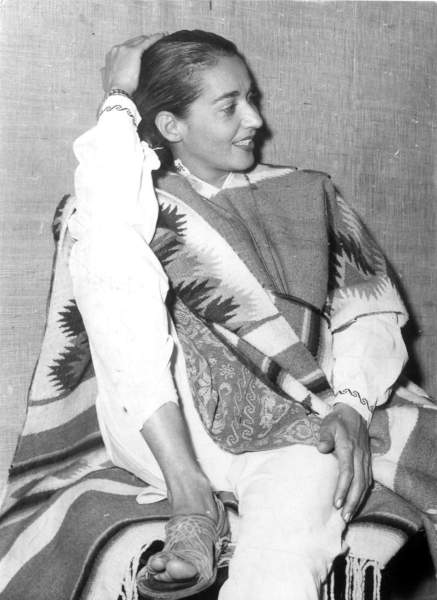


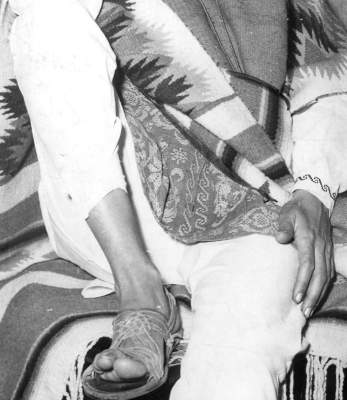
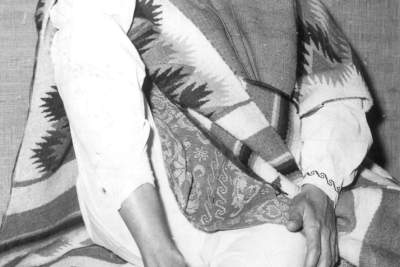

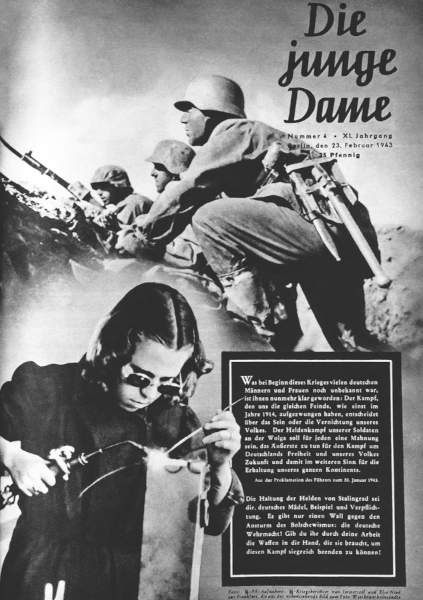
Photo of the soldiers: SS-PK Immerseel, Welder: Else Nied

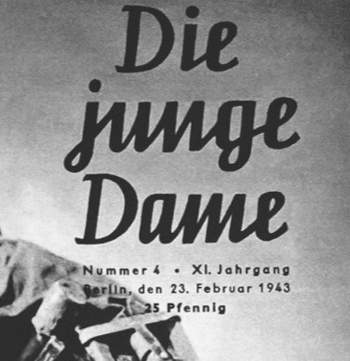
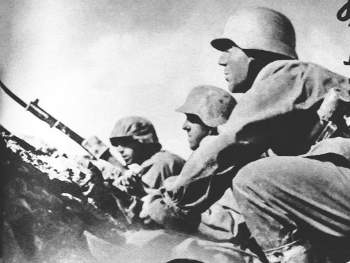

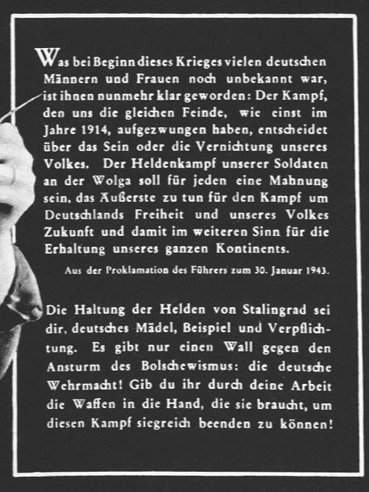

Mediality
Heroes have to be presented through media, their stories are told in not only pictures, videos, films, literature and theatre, but also in the daily news. Media help put the focus on an individual by attributing certain characteristics to them. They concentrate the audience's attention and can depict heroes in their many forms (diversity). Depending on the medium used, the kind of heroization that takes place differs, with different emphases and weightings, however, the most important common feature of different media is the communication of heroization processes, which depend on the producers, the audience and the possibilities of the medium.
In interviews, SFB researchers explain how heroization processes are reflected in certain media.
- Teil 1: Introduction [1:04]
- Teil 2: Herakles [2:37]
- Teil 3: Alexander the Great [3:13]
- Teil 1: Introduction [3:12]
- Teil 2: Mario Wirz [5:37]
- Teil 1: Introduction [3:47]
- Teil 2: Twitter and protest movements in Iran: #JinaAmini and #NavidAfkari [2:57]
- Teil 1: Introduction [1:28]
- Teil 2: Komische Oper and Lohengrin by Wagner [1:57]
- Teil 1: Introduction [1:31]
- Teil 2: Wall posters in Tehran [3:12]
- Teil 1: Introduction [2:26]
- Teil 2: Dunkirk [1:34]
- Teil 3: The Hurt Locker [2:16]
- Teil 1: Introduction [2:34]
- Teil 2: Busts at the time of the French Revolution [4:09]
Impact/affliction
Heroes have an impact, i.e. they trigger strong feelings, are figures to identify with and are role models that encourage imitation.
There is a reciprocal relationship between heroes and their audience that is shaped by the audience's emotional reaction towards the heroic figures. This includes attention and collective emotions, such as excitement, amazement, admiration or adoration, but also rejection or outrage. Just as a hero can inspire, they can also evoke negative emotions. The processes and relationships that can be observed between heroic figures and their audiences' in this sense are known as their impacts.
Through audio examples and the associated reactions, we can understand the different emotions that heroes evoke.
Transgressiveness
Heroes break boundaries. They cross boundaries, thereby drawing attention to themselves and provoking a social reaction. The heroic figure is characterised by the fact that they transgress boundaries that are binding for everyone else, in fact, heroes often make such boundaries visible in the first place. The violation of a social norm is succeeded by a tipping point in which the transgression is either heroised or demonised - as a rule, those involved do not react indifferently. As a result, ambivalence and negative characteristics can also be attached to heroes, which sometimes even contribute to the attractiveness (power of attraction) of the admired figure.
The two examples show that breaking boundaries can have a social as well as a political component.

Chesley B. Sullenberger „Hero of the Hudson“?


You can find more information here
Greta Thunberg “A schoolgirl moves the world”

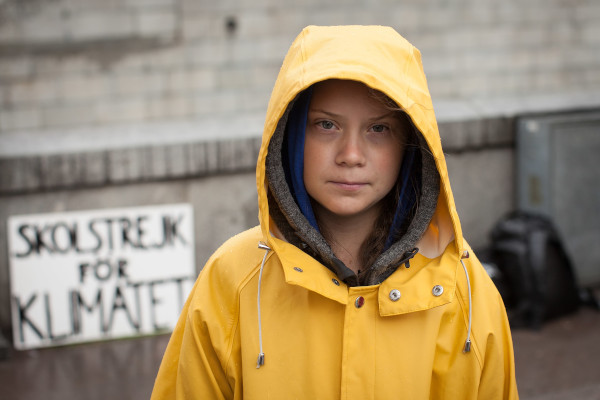
Ambiguity
Heroes are ambivalent and polarising figures: revered by some and despised by others. Those celebrated as a hero by one social group may be villains to another. But even within a group, heroes can lose their heroic status or even turn into villains. Just as figures can be heroized (construction), so too can they be de-heroized.
Using examples of various historical figures, Prof. Dr. Johanna Pink (Albert-Ludwigs-Universität Freiburg) and Prof. Dr. Berny Sèbe (University of Birmingham, SFB948 guest researcher) illustrate in this video the ambiguity of heroised figures and the effects of this ambiguity over time.
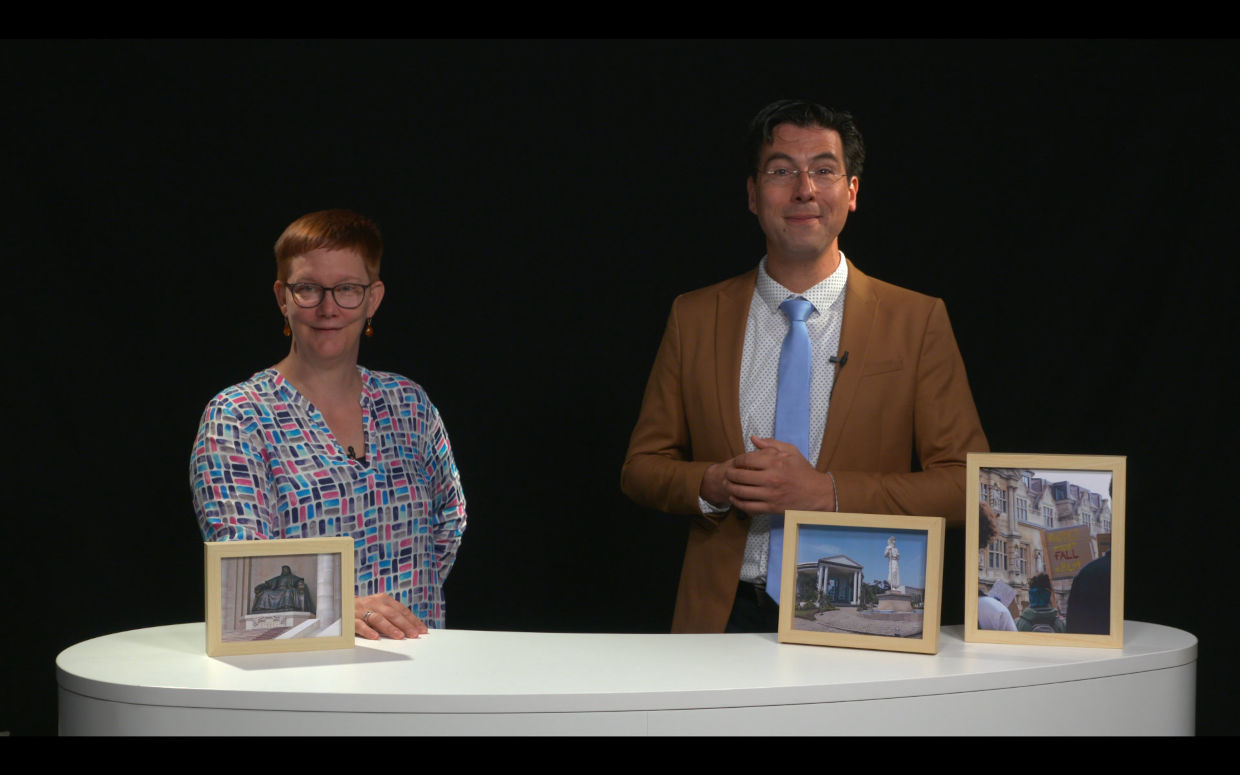
Further Information
Our 'Spotlights' show you examples of heroisation
Read more in the publications of the SFB 948
Look it up in the Compendium Herocium
